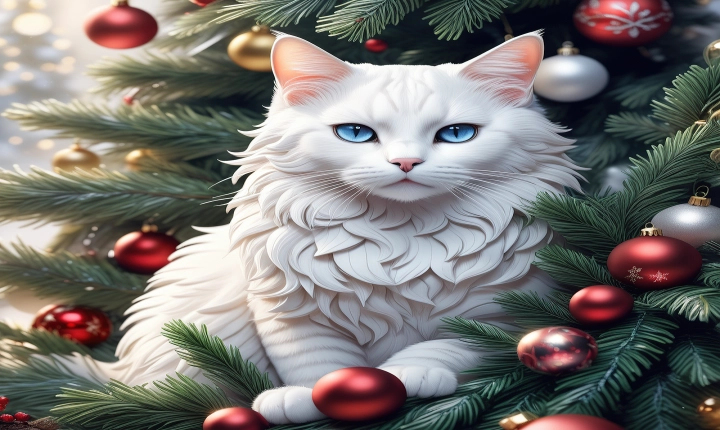Title: Can You Sell AI Art? Exploring the Emergence of AI-generated Art in the Art Market
In recent years, there has been a surge of interest and controversy surrounding the emergence of AI-generated art. As technology continues to advance, artificial intelligence has become increasingly capable of creating works of art that rival those produced by human artists. This raises the question: can AI art be sold in the traditional art market, and if so, how does it impact the art world?
AI-generated art, often produced by algorithms and machine learning processes, has been the subject of discussions and debates within the art community. Some argue that AI art lacks the emotional and creative depth that human art possesses, while others see it as a new frontier in artistic expression. Regardless of differing opinions, AI art has undeniably made an impact on the art market, with several high-profile sales and exhibitions gaining attention in recent years.
One of the significant challenges in selling AI art lies in the perception of its authenticity and value. Traditionally, art has been valued based on the artist’s unique vision, skill, and creative expression. However, AI-generated art blurs these lines, as the “artist” behind the work is a machine programmed by human developers. This has led to questions about the originality and authenticity of AI art, as well as the legal and ethical implications of copyright and ownership.
Despite these challenges, the sale of AI art has garnered interest from collectors, investors, and art enthusiasts. In 2018, an AI-generated artwork titled “Portrait of Edmond de Belamy” sold at auction for over $400,000, marking a significant milestone in the recognition and commercialization of AI art. This sale sparked discussions about the market potential of AI-generated art and whether it could revolutionize the traditional art market.
Furthermore, some artists and developers have embraced AI as a tool for creativity and collaboration. By harnessing the power of machine learning and algorithms, they have integrated AI into their artistic process, pushing the boundaries of what is deemed artistic expression. This blurring of the lines between human and machine creativity has led to the emergence of new artistic possibilities, challenging the traditional notions of authorship and artistry.
However, the rise of AI-generated art also poses potential challenges to the traditional art market. As AI becomes increasingly sophisticated in creating visually compelling and thought-provoking artwork, it may disrupt the established hierarchy of the art world. This raises questions about the role of human artists, the need for creative innovation, and the impact of technological advancement on the art market.
In conclusion, the emergence of AI-generated art has sparked a dialogue about the future of artistic creation and commercialization. While AI art presents challenges to the traditional art market, it also opens up new opportunities for exploration and innovation. As the art world continues to grapple with the impact of technology, it is clear that AI-generated art is here to stay and will continue to shape the artistic landscape in the years to come. The integration of AI into the artistic process may usher in a new era of creativity, collaboration, and possibilities for the art market and beyond.
